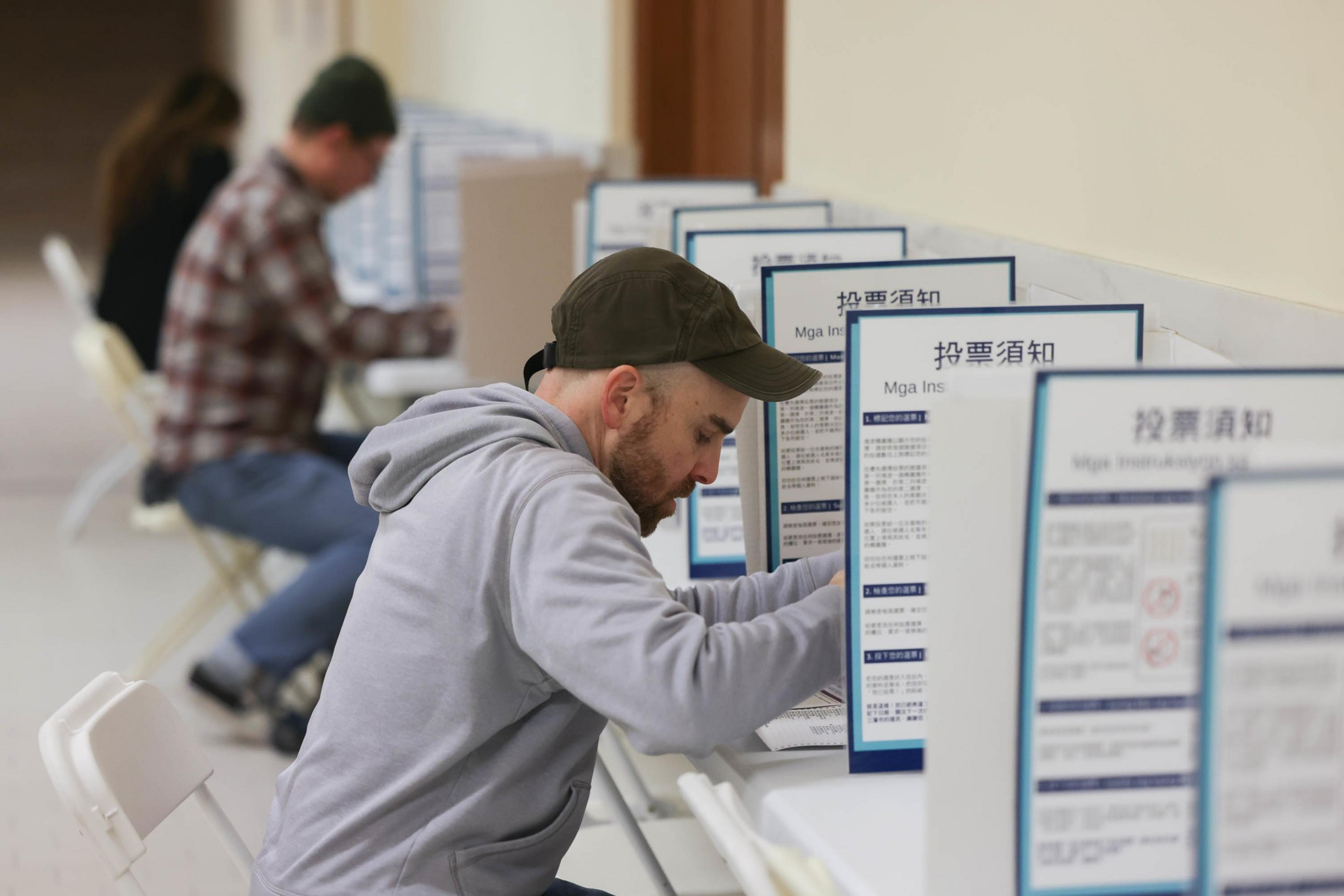If you’re new to San Francisco politics, the first thing to know is that the top vote-getter might not win an election.
When all is said and done, a candidate who was not the first choice for most voters can come out on top. That’s because the city’s “ranked-choice” voting system allows voters to choose up to 10 candidates in their preferred order. San Francisco adopted this complex voting method in 2004 to avoid runoff elections, which are held when no candidate meets the threshold of votes needed to win.
Because of this year’s highly competitive mayoral and supervisorial races, the ranked-choice voting system is expected to play a major role in deciding the winners.
Here’s how it works:
- Voters rank up to 10 candidates, from most to least preferred.
- First-choice votes are counted initially.
- If no candidate receives more than 50% of first-choice votes, then:
- The candidate with the fewest votes in the first round is eliminated.
- Votes from the eliminated candidate transfer to those voters’ second choices.
- This process repeats until a candidate surpasses 50% of the vote.
Voters don’t have to list a second, third, or fourth choice. But if they mark more than one candidate as a first choice, known as an “overvote,” the ballot is disqualified.
The system is thought to benefit middle-ground candidates who appeal broadly as second or third choices. It also prevents candidates with similar ideologies from splitting votes, which is why Republicans rarely win in deep-blue San Francisco. Critics say the method is too complicated and often delays the result (opens in new tab).
Even though ranked-choice voting can produce surprising results, over the past 20 years, the candidates with the most first-choice votes have won elections in San Francisco, with just a few exceptions.
The most recent example is the 2020 District 7 supervisor race. Myrna Melgar, who received the third-highest number of first-choice votes, scored enough second- and third-choice votes to win.
“In a very polarized election, [ranked-choice voting] benefits the person in the middle,” Melgar told The Standard. “It worked as intended.”
She said she sees a similar scenario playing out in this year’s mayoral election. The race features a wide spectrum of candidates, with former interim Mayor Mark Farrell running on the right, Supervisor Aaron Peskin on the left, and Mayor London Breed and nonprofit founder Daniel Lurie in the middle.
As can happen in ranked-choice elections, Farrell has formed an alliance with Supervisor Ahsha Safaí, who is more center-left, and asked voters to leave Peskin and Breed off the ballot. Other candidates haven’t struck partnerships, but moderate groups have a consensus on voting for Breed, Lurie, and Farrell.
